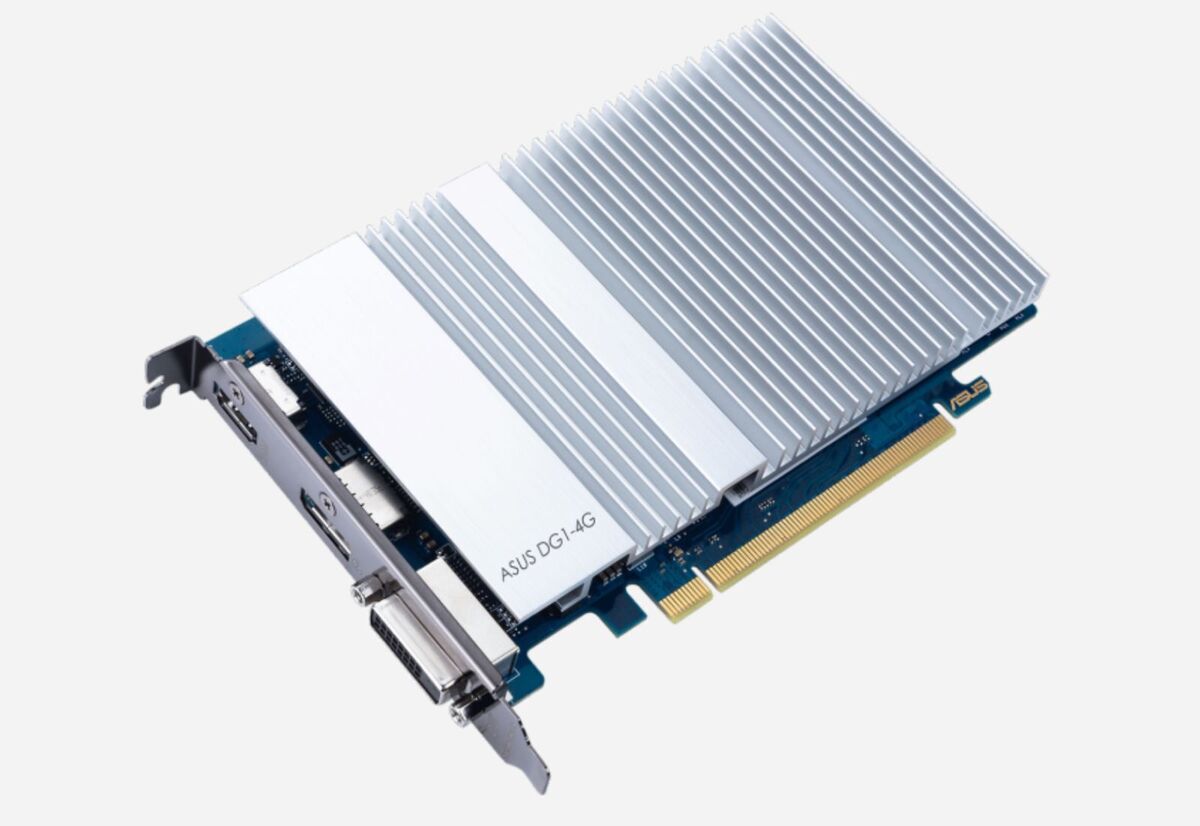Why Intel's first Xe graphics cards won't work in AMD systems
- 28 January, 2021 03:55

Intel started shipping its first Iris Xe graphics cards to PC manufacturers on Tuesday—a fantastic milestone for the company’s newfound push into discrete GPUs. But shortly after we covered the announcement, the company delivered a major bummer of a clarification: Intel’s first graphics card won’t work on AMD-powered systems.
“The Iris Xe discrete add-in card will be paired with 9th-gen (Coffee Lake-S) and 10th gen (Comet Lake-S) Intel Core desktop processors and Intel B460, H410, B365, and H310C chipset-based motherboards,” an Intel spokesperson told PCWorld. “These motherboards require a special BIOS that supports Intel Iris Xe, so the cards will not be compatible in other systems.”
That’s a bitter cherry on top of a momentous announcement. By comparison, Nvidia’s GeForce and AMD’s Radeon graphics cards work in pretty much any system with a PCIe slot, and yes, Nvidia GPUs work just fine in AMD Ryzen computers. Their hardware is well-established however, while Intel’s is hot out of the proverbial oven. What remains to be seen is whether Intel’s move occurred simply to help iron out technical issues in a first-gen release—sticking to a handful of chipsets and CPUs would surely help ease validation efforts—or if it winds up being a policy that affects eventual gaming-oriented Intel Xe graphics cards as well. Fingers crossed it’s the former.
 Intel
IntelBlocking the first Intel graphics cards from working on AMD systems is a bad look, but this is an unusual release. Intel’s debut Iris Xe GPUs aren’t intended to be gaming cards, and DIY buyers won’t be able to buy them directly. They’re only being sold to system integrators for inclusion in prebuilt PCs intended for mainstream users and small businesses, so the lack of AMD interoperability isn’t as harsh as it may sound at first. The first models shown in this article are decidely budget parts.
The discrete desktop cards are built using the same low-power Xe LP architecture found in the company’s new Iris Xe Max discrete laptop GPUs. In fact, the desktop offerings use cut-down chips with fewer execution units, meaning they won’t be quite as capable as their mobile cousins. Intel intends these Xe LP-based graphics solutions to be used to speed up multimedia and creative tasks, such as video encoding and AI workloads, seizing advantage of special-sauce Intel technologies. Eventual Xe HPG graphics chips will focus more on gaming performance.
Nevertheless, the Iris Xe desktop announcement initially left us giddy with visions of a content creation super-system loaded with a massively multi-core AMD Ryzen processor, a fast Nvidia graphics card for NVENC and raw graphics horsepower, and a secondary Iris Xe GPU for access to Intel’s fantastic Quick Sync and DP4a support for AI acceleration. Alas, the dream remains just that—for now at least.





